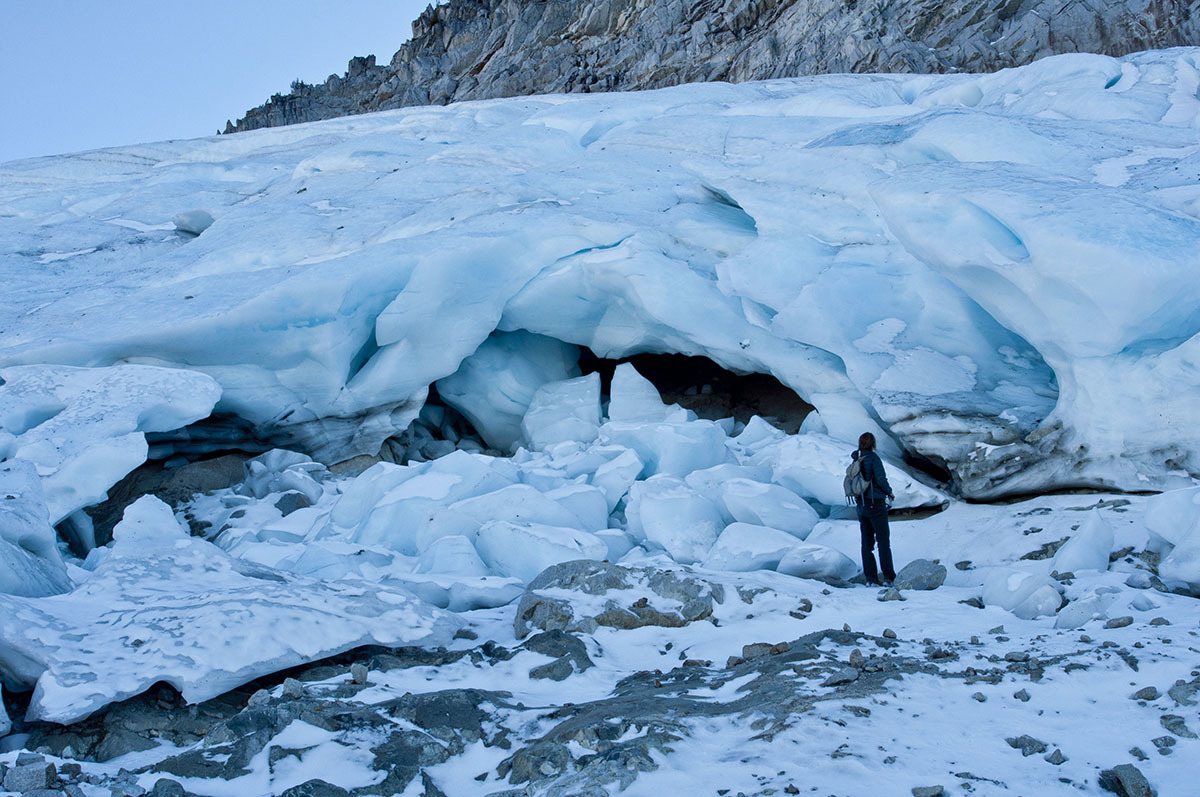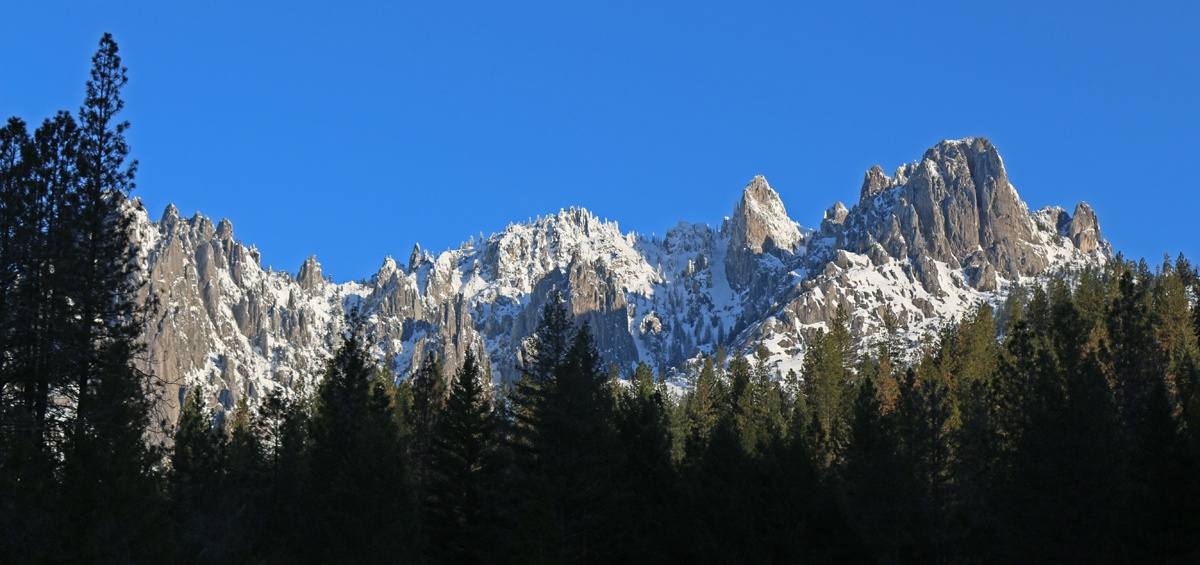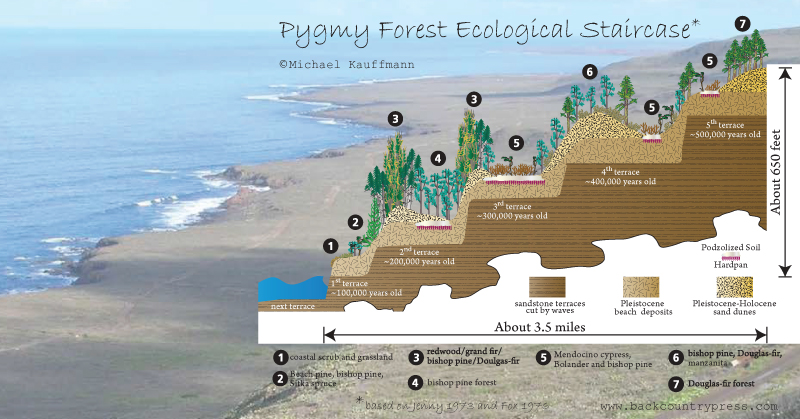…or Fabulous Fen Photographs
This article was influenced and inspired by Gordon Leppig’s California Wetlands Fremontia.
The slow movement of water through a fen builds, over long periods of time, to the formation of peatlands. The formation of peatlands requires a combination of processes that most commonly occur in flat areas in both tropical and boreal regions. Because of variable topography, geology, and even water chemistry in the mountains, peatlands are generally rare.
In temperate mountains, rare peatlands form over mellennia if perennial soil saturation, low mineral soil deposition, erosion rates, and net storage of soil carbon resulting from plant productivity complement each other perfectly. In arctic and alpine environments, the formation of peat is often associated with peat moss (Sphagnum spp.). In the temperate regions peatlands are usually dominated and formed by sedges (Carex spp.).
Continue reading “Klamath Mountain Peatlands”




